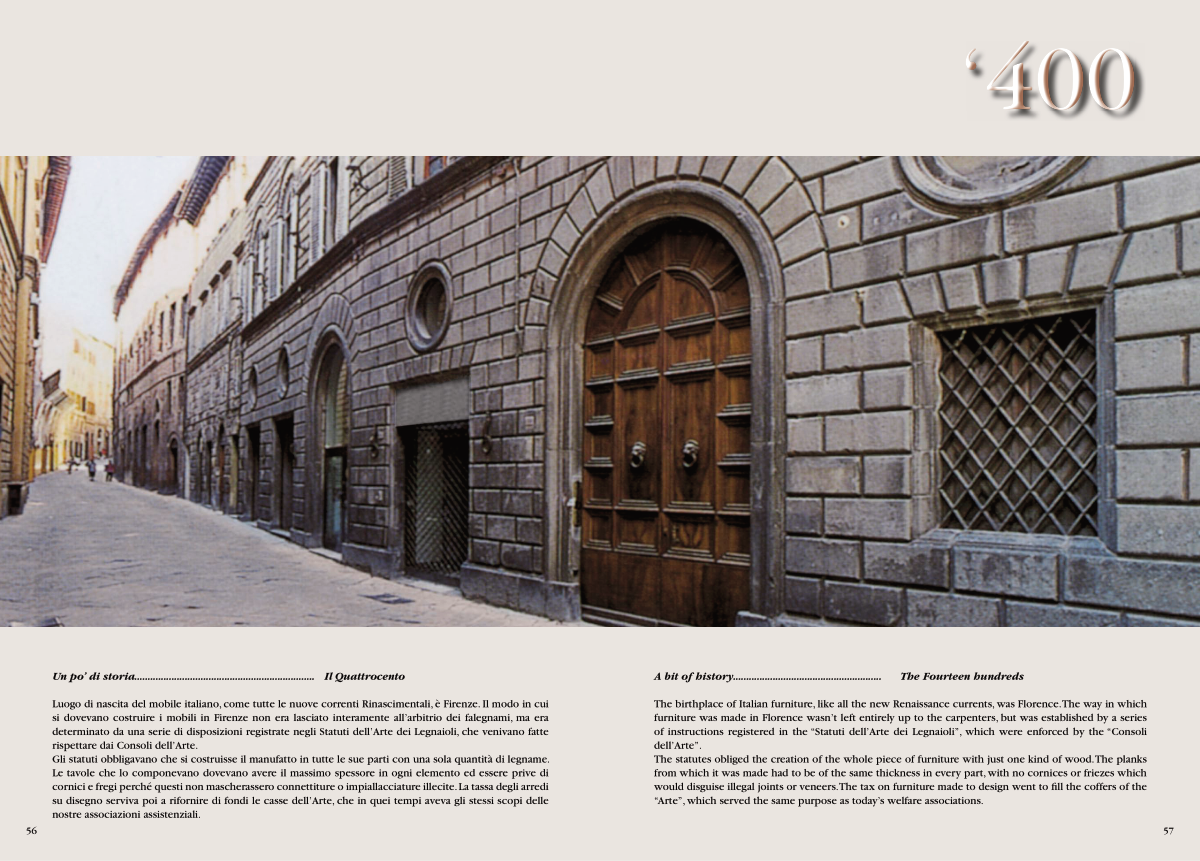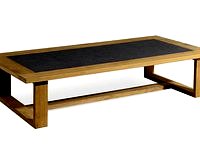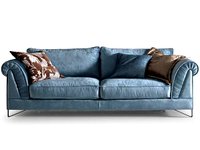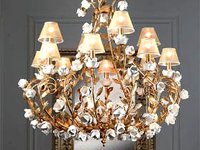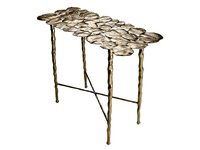‘400
‘400
‘400
‘400
‘400
‘400
‘400
‘400
‘400
‘400
‘400
‘400
Un po’ di storia.................................................................... Il Quattrocento
Luogo di nascita del mobile italiano, come tutte le nuove correnti Rinascimentali, è Firenze. Il modo in cui
si dovevano costruire i mobili in Firenze non era lasciato interamente all’arbitrio dei falegnami, ma era
determinato da una serie di disposizioni registrate negli Statuti dell’Arte dei Legnaioli, che venivano fatte
rispettare dai Consoli dell’Arte.
Gli statuti obbligavano che si costruisse il manufatto in tutte le sue parti con una sola quantità di legname.
Le tavole che lo componevano dovevano avere il massimo spessore in ogni elemento ed essere prive di
cornici e fregi perché questi non mascherassero connettiture o impiallacciature illecite. La tassa degli arredi
su disegno serviva poi a rifornire di fondi le casse dell’Arte, che in quei tempi aveva gli stessi scopi delle
nostre associazioni assistenziali.
A bit of history........................................................ The Fourteen hundreds
The birthplace of Italian furniture, like all the new Renaissance currents, was Florence. The way in which
furniture was made in Florence wasn’t left entirely up to the carpenters, but was established by a series
of instructions registered in the “Statuti dell’Arte dei Legnaioli”, which were enforced by the “Consoli
dell’Arte”.
The statutes obliged the creation of the whole piece of furniture with just one kind of wood. The planks
from which it was made had to be of the same thickness in every part, with no cornices or friezes which
would disguise illegal joints or veneers. The tax on furniture made to design went to fi ll the coffers of the
“Arte”, which served the same purpose as today’s welfare associations.
57
56


